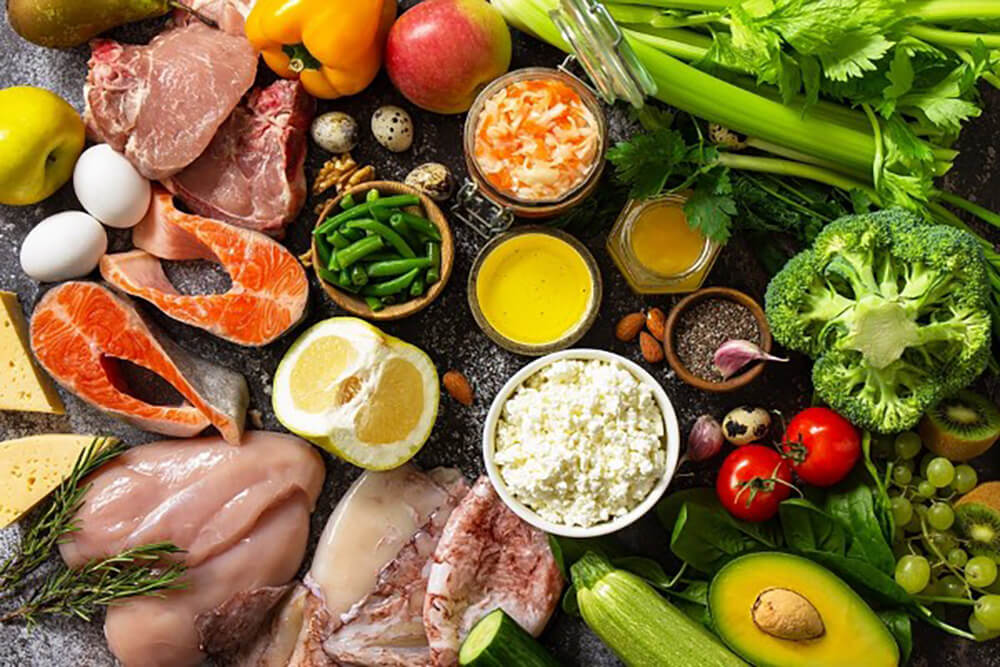Six Beneficial Foods for Peripheral Artery Disease (PAD) Patients

Peripheral artery disease (PAD), is a progressive condition in which the arteries in the legs become narrowed or blocked, reducing blood flow to the legs. This can cause symptoms such as leg pain, numbness, and difficulty walking. It is estimated that PAD currently affects 8.5 million people over the age of 40 in the United States alone. Many of the treatments for PAD often involve making lifestyle changes, such as quitting smoking and exercising regularly, as well as medications to control risk factors such as high blood pressure and cholesterol. In addition to these measures, there are certain foods that may also help to treat or slow the progression of PAD.
Here are six foods that may be beneficial for people with PAD:
- Fruits and vegetables1: Fruits and vegetables are high in vitamins, minerals, and antioxidants, which can help reduce inflammation and improve overall health. Eating a variety of colorful fruits and vegetables can help provide the nutrients the body needs to keep arteries healthy.
- Whole grains2: Whole grains, such as oats, quinoa, and barley, are a good source of fiber, which can help lower cholesterol levels and improve blood flow. They also provide important vitamins and minerals that can help maintain healthy blood vessels.
- Fish3: Fatty fish like salmon, mackerel, and tuna, are high in omega-3 fatty acids, which have been shown to reduce inflammation and improve heart health. Omega-3 fatty acids can also help lower the risk of blood clots, which can contribute to the development of PAD.
- Nuts and seeds4: Nuts and seeds are a good source of plant-based protein and heart-healthy fats. They also contain fiber, magnesium, and other nutrients that can help keep arteries healthy.
- Olive oil5: Olive oil is a healthy source of fat that can help reduce inflammation and improve heart health. It is also a good substitute for butter and can be used in place of other oils in salad dressings and marinades.
- Dark chocolate6: Dark chocolate contains flavonoids, which are plant-based compounds. Dark chocolate flavonoids have been shown to improve blood flow and reduce inflammation. However, it is important to choose dark chocolate that is high in cocoa and low in sugar to maximize the health benefits.
Overall, a healthy diet that includes a variety of fruits, vegetables, whole grains, fish, nuts and seeds, olive oil, and dark chocolate can have a positive impact on the quality of life for those living with Peripheral Arterial Disease. It is also important to note that people with PAD should limit their intake of foods that are high in saturated and trans fats, salt, and added sugars. These foods can contribute to the development and progression of PAD and other health problems. Lastly, exercise is also very important for managing PAD, as it can improve blood flow to the limbs and help decrease the risk of complications.
It’s important that people with PAD talk to their doctor before starting a diet and exercise program, as they may need to avoid certain foods and activities to ensure they are safe and effective. Physicians can help develop a diet and exercise plan that meets each individual’s needs and goals.
1 https://coastalvascular.net/reduces-getting-pad/
2https://www.ontoorthopedics.com/bone-bytes/whole-grains-and-heart-health/
4 https://www.ncbi.nlm.nih.gov/pmc/articles/PMC6356931/
